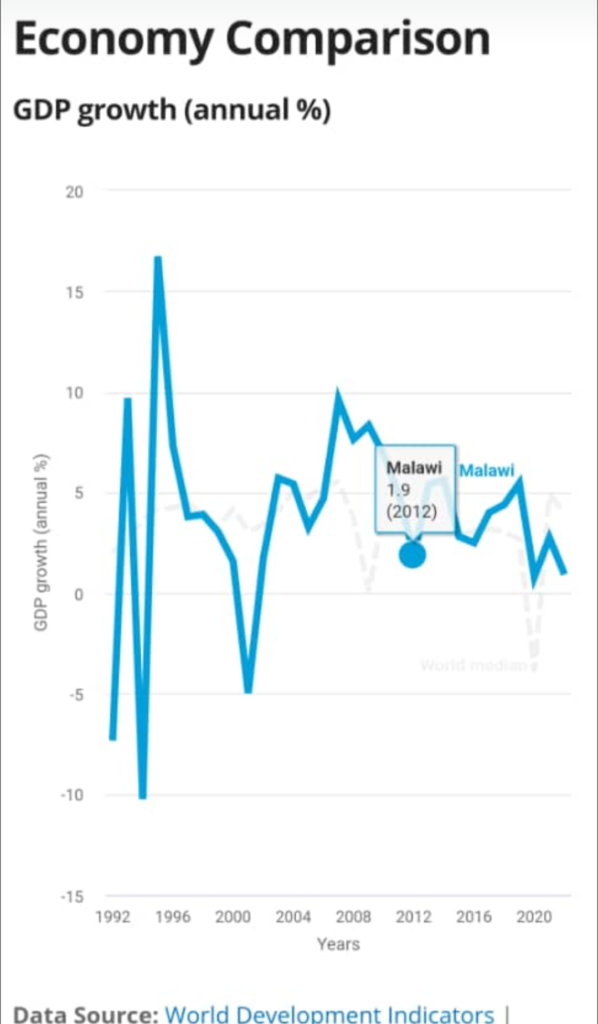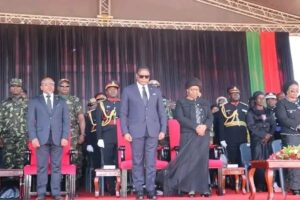Kwacha Plunges On Parallel Market, Inflation Cushioned

The Malawi kwacha has shown signs of instability, trading at around K3000 to the US dollar on the parallel market, a development coming as the inflation rate eases by over 5 percent, indicating a positive trend in the economy.
This week, the Business Times reported about continued plunging of the kwacha to major trading currencies, raiding eyebrows to many Malawians, who have been struggling with high prices of goods and services due to the currency’s depreciation.
According to the recent statistics issued by the National Statistical Office, the parallel market rate, which is often seen as a reflection of the true value of the kwacha, has been volatile in recent times.

However, with the easing of inflation, the demand for foreign currency has decreased, leading to an appreciation of the kwacha, a trend expected to continue, provided that the government maintains its efforts to stabilize the economy and keep inflation in check.
The Reserve Bank of Malawi (RBM) has been working to stabilize the currency and control inflation through various monetary policy interventions in relation to the local and international economic factors.
The central bank has also been engaging with commercial banks to ensure that they adhere to the official K1,750 exchange rate, thereby reducing the gap between the official and parallel market rates.
Considering the inflationary dictates, Malawians can expect some relief from the high cost of living. However, it is essential for the government and the RBM to remain vigilant and continue implementing policies that promote economic stability and growth.




